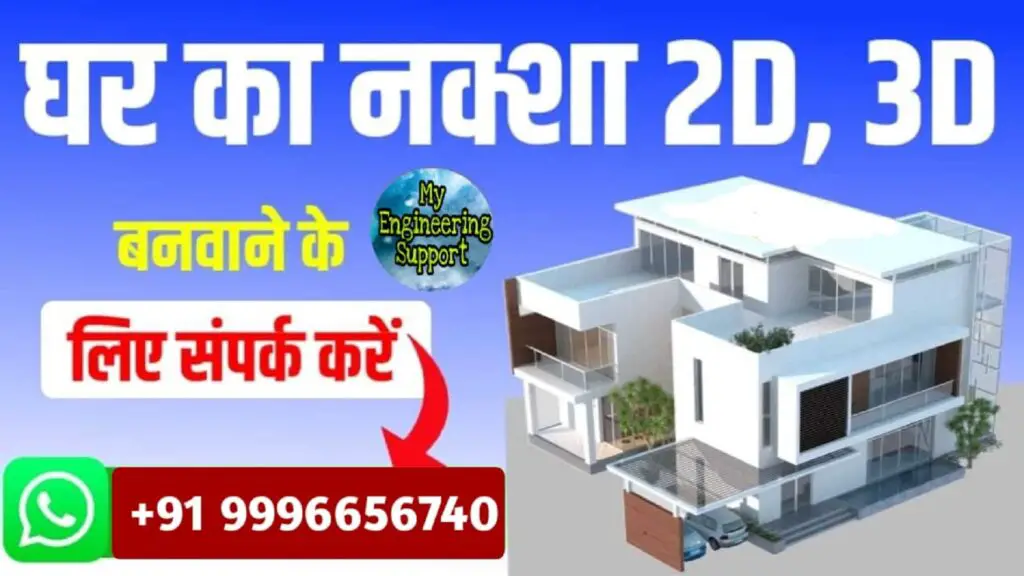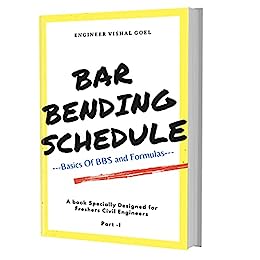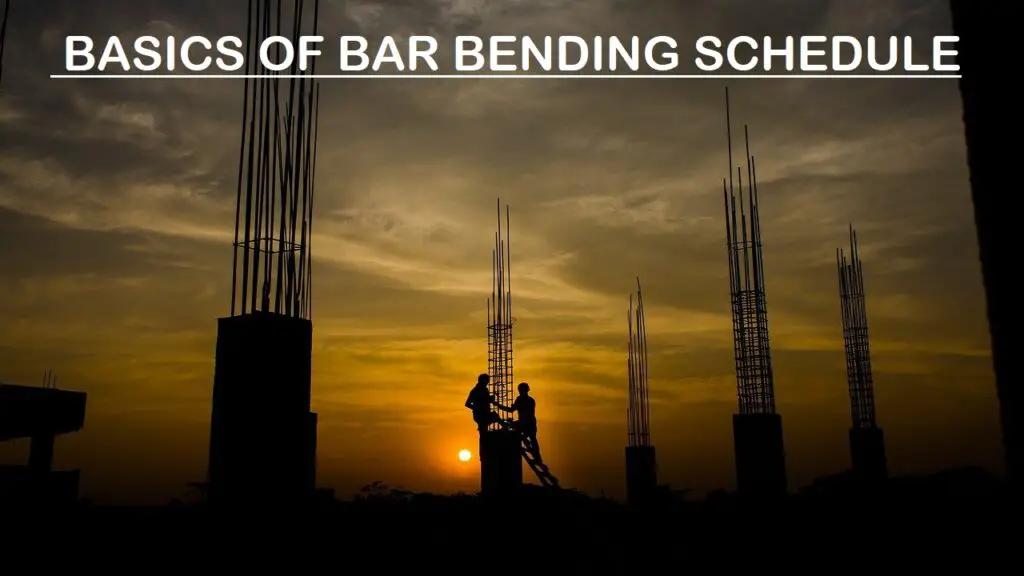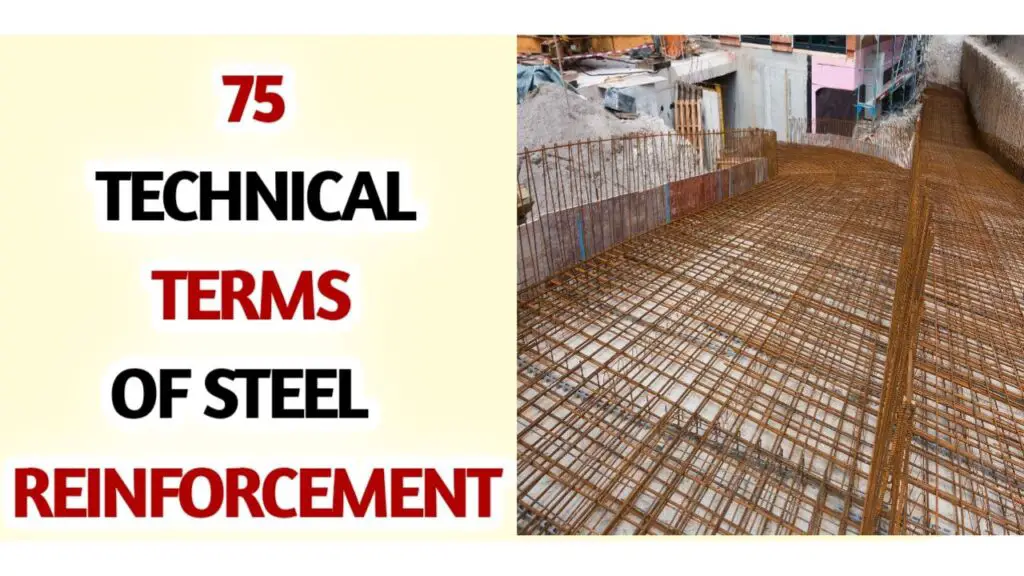MDF vs HDF vs HDHMR
1). Introduction
MDF (Medium Density Fiberboard), HDF (High-Density Fiberboard), and HDHMR (High-Density High Moisture Resistance) are all engineered wood products with different characteristics and uses.
MDF is made by compressing wood fibers with adhesive under high pressure and temperature. It has a smooth surface and is dense and uniform in composition. MDF is commonly used for furniture, cabinets, shelving, and interior decorative applications. It is not suitable for areas with high moisture or humidity.
HDF is similar to MDF but has a higher density due to more tightly compressed fibers. It is stronger and more durable than MDF, making it suitable for applications that require more strength, such as flooring, doors, and furniture components.
HDHMR is a specialized variant of HDF that is designed to have enhanced moisture resistance. It is manufactured with moisture-resistant resins and is engineered to withstand higher humidity levels. HDHMR is often used in areas with increased moisture exposure, such as kitchens, bathrooms, and laundry rooms.
In terms of cost, MDF is generally the least expensive option, followed by HDF, and then HDHMR. However, prices can vary depending on factors such as thickness, quality, and geographical location.

When selecting between MDF, HDF, and HDHMR, consider the specific requirements of your project, including the level of durability and moisture resistance needed.
2). Composition
2.1 Composition of MDF
MDF is made by breaking down hardwood or softwood residuals into wood fibers and combining them with wax and a resin binder. These wood fibers are then subjected to high pressure and temperature, resulting in a dense and uniform panel. MDF panels are known for their smooth and consistent surface, making them ideal for painting and veneering. They are commonly used in furniture, cabinetry, molding, and interior trim applications.

2.2 Composition of HDF
DF is similar to MDF in its manufacturing process, but it is produced using higher pressure and a finer wood fiber blend. This results in a denser and stronger panel with improved screw-holding capacity and greater resistance to warping and moisture absorption. HDF panels are often used for applications that require greater strength, such as flooring, laminated furniture, and decorative wall panels.

2.3 Composition of HDHMR
HDHMR is a type of engineered wood product that combines the characteristics of HDF and moisture resistance. It is produced using a special resin binder that enhances its resistance to moisture and humidity. HDHMR panels are designed to withstand exposure to moisture, making them suitable for applications in areas with high humidity or occasional moisture exposure. They are commonly used in kitchen cabinets, bathroom furniture, and other areas where water resistance is essential.
In terms of composition, MDF, HDF, and HDHMR share the basic structure of wood fibers bonded together with a resin binder. However, their density, strength, and moisture resistance vary based on the specific manufacturing processes and materials used.
It’s important to note that while these engineered wood products offer many advantages, they also have limitations. They are not as strong as solid wood and may not hold screws as well. They can also be prone to swelling and damage when exposed to excessive moisture for extended periods.
In summary, MDF, HDF, and HDHMR are engineered wood products that provide cost-effective alternatives to solid wood. MDF is suitable for applications where a smooth and uniform surface is desired, HDF offers increased strength and durability, while HDHMR provides added moisture resistance. Understanding their composition and specific characteristics can help in selecting the most appropriate material for your intended application.
3). Fabrication
MDF, HDF, and HDHMR are all engineered wood products commonly used in various applications. While they have similarities, they differ in terms of composition, density, and usage. Here’s a brief overview of the fabrication processes and characteristics of each material
3.1 MDF Fabrication
MDF is manufactured by breaking down hardwood or softwood fibers into individual wood particles, combining them with a synthetic resin binder, and forming them into panels under heat and pressure. The fibers are generally smaller in size, resulting in a denser and smoother panel compared to other types of fiberboards. MDF is known for its excellent machining properties, as it can be easily cut, drilled, and shaped. It is widely used in furniture manufacturing, cabinetry, interior molding, and other applications where a smooth and uniform surface is desired. MDF panels are available in various thicknesses and can be painted, laminated, or veneered to achieve different aesthetics.

3.2 HDF Fabrication
HDF is similar to MDF but has a higher density due to its finer wood particles and a greater amount of bonding resin. The manufacturing process for HDF is similar to MDF but with increased pressure and resin content. This results in a stronger and more durable panel that is less prone to warping and moisture absorption. HDF is commonly used for applications that require more strength, such as door skins, subflooring, laminated flooring, and high-traffic areas where impact resistance is crucial.
3.3 HDHMR Fabrication
HDHMR board is a variation of HDF that incorporates water-resistant properties. It is produced using the same manufacturing process as HDF but with the addition of moisture-resistant resins and additives. This makes HDHMR more suitable for applications exposed to moisture or high humidity levels, such as bathroom vanities, kitchen cabinets, and outdoor furniture. HDHMR panels are engineered to have better dimensional stability and resistance to swelling and warping when exposed to moisture.
In summary, MDF, HDF, and HDHMR are all engineered wood products with different densities and characteristics. MDF is known for its smooth surface and versatility in various interior applications. HDF provides higher strength and is commonly used for flooring and doors. HDHMR offers moisture resistance in addition to HDF’s strength, making it suitable for humid or wet environments. The choice of material depends on the specific requirements of the project, such as the desired strength, surface finish, and resistance to moisture. It is recommended to consult with professionals or suppliers to determine the most appropriate option for your particular application.
4). Installation
MDF (Medium Density Fiberboard), HDF (High-Density Fiberboard), and HDHMR (High-Density High Moisture Resistance) are all engineered wood products commonly used in construction, cabinetry, and furniture manufacturing. Here’s a comparison of their installation characteristics:
4.1 Installation of MDF
MDF is a versatile and widely used material due to its smooth surface and consistent density. It is relatively easy to work with and can be cut, drilled, and shaped easily. MDF is commonly used for interior applications such as furniture, cabinets, trim, and decorative paneling. It is important to note that MDF is not suitable for wet environments as it can swell and lose its structural integrity when exposed to moisture. During installation, MDF panels can be attached using screws, nails, or adhesive, and joints can be reinforced with wood glue or dowels.

4.2 Installation of HDF
HDF is similar to MDF but has a higher density, making it stronger and more durable. It is commonly used for applications that require added strength, such as flooring, doors, and wall panels. HDF provides a stable and smooth surface, making it suitable for laminate or veneer finishes. Installation of HDF typically involves cutting the panels to size, fastening those using screws, nails, or adhesive, and ensuring proper subfloor preparation for flooring applications. HDF is not recommended for areas exposed to high moisture levels.

4.3 Installation of HDHMR
HDHMR is a specialized type of engineered wood that combines high density with enhanced moisture resistance. It is designed to withstand exposure to humidity, making it suitable for wet areas like kitchens and bathrooms. HDHMR is often used for cabinetry, countertops, and other moisture-prone applications. During installation, HDHMR is typically cut and assembled in a similar manner to MDF or HDF, using appropriate fasteners and adhesives. Proper sealing of edges and joints is crucial to maintain the moisture resistance properties.

In terms of installation, all three materials can be worked with using standard woodworking tools. They can be cut, shaped, and fastened using similar methods. However, it’s important to consider their specific characteristics and limitations for different applications. For example, MDF is ideal for indoor projects but not suitable for wet environments, while HDF offers increased strength and HDHMR provides moisture resistance.
It is recommended to follow the manufacturer’s guidelines and best practices for the specific product being installed. This includes proper handling, cutting techniques, and using compatible adhesives and fasteners. Additionally, ensuring proper ventilation during installation is important as these materials can release fine dust particles that may be harmful when inhaled.
Consulting with professionals or referring to installation guides specific to the chosen product is advisable to ensure a successful installation and to maximize the performance and durability of the chosen engineered wood material.
5). Strength and durability
MDF, HDF, and HDHMR are all engineered wood products that differ in their composition and intended use. Here’s an overview of their strength and durability characteristics:
5.1 Strength and Durability of MDF
MDF is made by compressing wood fibers with resin under high pressure and temperature. It has a uniform density and a smooth surface. In terms of strength, MDF is relatively strong and can hold screws and nails reasonably well, although it may not have the same holding power as solid wood. However, MDF is not as strong as HDF or HDHMR due to its lower density. MDF is more susceptible to moisture and may swell or warp if exposed to water. It is also prone to damage from impact or heavy loads. However, when properly sealed and maintained, MDF can have good durability and stability.
5.2 Strength and Durability of HDF
HDF is similar to MDF, but it has a higher density due to the use of finer wood fibers and increased pressure during the manufacturing process. The higher density of HDF provides improved strength and durability compared to MDF. HDF is stronger and more rigid, making it a preferred choice for applications that require more structural stability, such as furniture, cabinetry, and flooring. HDF offers better screw-holding ability and resistance to impact compared to MDF. It is less prone to swelling and warping due to its denser composition. However, like MDF, HDF is not moisture-resistant and can be damaged by prolonged exposure to water.
5.3 Strength and Durability of HDHMR
HDHMR is specifically engineered to have enhanced moisture resistance properties. It is made by using moisture-resistant additives during the manufacturing process. HDHMR offers superior durability and moisture resistance compared to both MDF and HDF. It is designed for applications that require resistance to humidity and water, such as kitchen cabinets, bathroom furniture, and outdoor use. HDHMR is less prone to swelling, warping, and delamination when exposed to moisture. It also has better screw-holding capacity and impact resistance compared to MDF and HDF.
Overall, when it comes to strength and durability, HDHMR provides the highest level of performance due to its moisture resistance properties. HDF follows next with its denser composition and improved strength compared to MDF. MDF, while less strong than HDF and HDHMR, can still be a suitable option for less demanding applications, provided it is properly sealed and protected from moisture. It’s important to consider the specific requirements of your project and choose the engineered wood product that best aligns with those needs in terms of strength, durability, and resistance to moisture.
6). Maintenance
Maintenance of MDF vs HDF vs HDHMR can vary due to their different compositions and properties. Here’s a breakdown of their maintenance requirements:
6.1 Maintenance of MDF
MDF is a composite wood product made from wood fibers and resin binders. It is known for its smooth and uniform surface. When it comes to maintenance:
Cleaning – MDF can be easily cleaned with a damp cloth or sponge. Avoid using excessive water or harsh cleaning agents as they can cause swelling or damage to the material.
Protection – MDF is susceptible to moisture and should be protected from direct contact with water. It is recommended to use coasters, mats, or protective pads to prevent water damage or staining.
Avoiding Scratches – MDF is not as durable as solid wood and is prone to scratches and dents. To prevent this, use felt pads or furniture glides under objects to avoid direct contact with the surface.
Repairs – If MDF gets chipped or damaged, it can be repaired by filling the affected area with wood filler, sanding it down, and refinishing or repainting the surface.
6.2 Maintenance of HDF
HDF is similar to MDF but has a higher density and is more durable. It is commonly used for applications that require greater strength and stability. Maintenance for HDF is generally similar to MDF, with a few additional considerations.
Moisture Resistance – HDF is more moisture-resistant than MDF, but it is still advisable to avoid prolonged exposure to water or high humidity. Wipe up spills promptly and ensure proper ventilation in areas where HDF is installed.
Sealing – HDF can be sealed with paint, varnish, or laminate to provide an added layer of protection against moisture and wear. This can help enhance its durability and longevity.
Preventing Swelling – While HDF is less prone to swelling compared to MDF, it is still important to avoid excessive moisture. Applying a coat of sealant to the edges and back of HDF panels can help minimize moisture absorption and prevent swelling.

6.3 Maintenance of HDHMR
HDHMR is specifically engineered to withstand high levels of moisture and is often used in wet areas such as kitchens and bathrooms. Maintenance for HDHMR includes.
Cleaning – HDHMR can be cleaned with a damp cloth or mild detergent. It is important to remove any spills or moisture promptly to prevent damage.
Moisture Protection – HDHMR is designed to resist moisture, but it is still advisable to avoid prolonged exposure to standing water. Regularly check for any signs of water damage or leaks and address them promptly.
Sealing – HDHMR typically comes with a factory-applied laminate or coating that provides additional moisture resistance. Ensure that the edges and cut edges are properly sealed to prevent moisture penetration.
Avoiding Abrasive Cleaners – Harsh or abrasive cleaners can damage the surface of HDHMR. Stick to mild cleaning agents and soft cloths to preserve its appearance and durability.
In summary, MDF vs HDF vs HDHMR have different maintenance requirements due to their varying compositions and moisture resistance. Regular cleaning, protecting against moisture, and avoiding excessive force or abrasion are key to maintaining the appearance and longevity of these materials.
7). Cost
The cost of MDF (Medium Density Fiberboard), HDF (High-Density Fiberboard), and HDHMR (High-Density High Moisture Resistance) can vary based on factors such as thickness, quality, and location. Here’s a general idea of their relative costs:
MDF is generally the most affordable option among the three. The cost of MDF can range from $1 to $5 per square foot, depending on the thickness and quality of the board.
HDF is denser and stronger than MDF, which often makes it a slightly more expensive option. The cost of HDF can range from $2 to $8 per square foot, depending on the thickness and quality of the board.
HDHMR is a high-density board with enhanced moisture resistance properties, making it suitable for humid environments or areas prone to moisture. The cost of HDHMR can range from $3 to $10 per square foot, depending on the thickness and quality of the board.
These price ranges are approximate and can vary based on factors such as geographical location, supplier, and specific product specifications. It’s always a good idea to get quotes from multiple suppliers or consult with professionals in your area to get an accurate cost estimate for your specific project.
8). Comparison
- MDF & HDF & HDHMR are all engineered wood products that have gained popularity in various applications. Here is a comparison of MDF vs HDF vs HDHMR in terms of their composition, characteristics, and common uses.
- MDF is made from wood fibers that are bonded together using a resin or adhesive under high pressure and temperature. The resulting board has a uniform density and a smooth, consistent surface.
- HDF is similar to MDF in terms of composition but has a higher density. It is produced using the same process of compressing wood fibers with resin or adhesive.
- HDHMR is an upgraded version of MDF and HDF that offers improved moisture resistance properties
8.1 Density
- MDF has a medium density, typically ranging from 600 kg/m3 to 800 kg/m3. This density makes it relatively heavy and stable.
- HDF has a higher density compared to MDF, typically ranging from 800 kg/m3 to 1,000 kg/m3. This higher density results in a more rigid and robust board.
- HDHMR typically has a high density similar to HDF, providing good strength and stability.
8.2 Specification
-
MDF has good dimensional stability and is resistant to warping or cracking.
-
HDF is stronger and more durable than MDF. It has excellent resistance to impacts, making it suitable for applications that require higher strength.
-
HDHMR is manufactured using special resins and additives to enhance its ability to withstand moisture.
8.3 Surface Finish
-
MDF has a smooth surface that is ideal for painting, veneering, or laminating. It provides a consistent base for finishes and does not have grain patterns or knots like natural wood.
- HDF has a smooth and uniform surface similar to MDF. It is often used as a substrate for laminate or veneer finishes due to its stability and strength.
-

MDF vs HDF vs HDHMR -
Like MDF & HDF & HDHMR has a smooth and uniform surface that is suitable for various finishes such as paint, laminate, or veneer.
8.4 Machinability
-
MDF is easy to machine and shape. It can be cut, drilled, routed, or carved to create intricate designs or custom shapes.
-
HDF is more difficult to machine compared to MDF due to its higher density. However, it can still be cut and shaped using appropriate tools and techniques.
-
HDHMR can be machined similarly to MDF and HDF, although it may require appropriate tools and techniques due to its higher density.
8.5 Uses
-
MDF is commonly used in furniture manufacturing, cabinetry, shelving, interior trim, and decorative panels. It is also used in applications where a smooth, uniform surface is desired, such as in door manufacturing.
-
HDF is commonly used for applications that require enhanced strength and durability. It is often used in flooring, wall panels, furniture components, doors, and other high-traffic areas where impact resistance is important.
-
HDHMR is commonly used in applications where moisture resistance is essential. It is often used in kitchen cabinets, bathroom vanities, countertops, outdoor furniture, and other areas prone to
9). Advantages
MDF, HDF, and HDHMR are all engineered wood products used in various applications. Each type has its own advantages and characteristics that make them suitable for different purposes. Here are the advantages of MDF vs HDF vs HDHMR:
9.1 Advantages of MDF
Smooth Surface – MDF has a smooth and uniform surface, making it ideal for applications where a consistent and even finish is desired. It is often used in furniture manufacturing, cabinetry, and decorative millwork.
Versatility – MDF is highly versatile and can be easily machined, cut, and shaped into various forms and designs. It holds screws and nails well and allows for intricate detailing and carving.

Stability – MDF has low dimensional changes, which means it is less prone to expanding or contracting due to changes in humidity and temperature. This stability makes it a reliable choice for applications where consistency is crucial.
Cost-Effective – MDF is generally more affordable than solid wood or plywood, making it a cost-effective option for projects where budget is a concern.
Finishing Options – MDF accepts paints, veneers, and laminates exceptionally well, providing a smooth and flawless finish. It is commonly used as a substrate for laminated surfaces or as a base for veneers to achieve a desired aesthetic.
Environmental Benefits – MDF is made from recycled wood fibers and does not require the harvesting of large trees. This makes it a more environmentally friendly choice compared to solid wood.
9.2 Advantages of HDF
Increased Density – HDF is denser and stronger than MDF, making it suitable for applications that require greater durability and strength. It is commonly used for high-traffic areas and heavy-duty furniture.
Enhanced Screw Holding – HDF has excellent screw-holding capabilities, allowing it to securely hold screws and fasteners. This makes it a preferred choice for applications that require strong connections, such as furniture assembly.
Machinability – HDF is highly machinable and can be easily routed, shaped, and milled. Its density provides better resistance to chipping or splintering, resulting in cleaner and more precise cuts.
Resistance to Moisture – While HDF is not inherently moisture-resistant, it has better resistance to moisture compared to MDF. It is less prone to swelling or warping when exposed to humid environments, making it suitable for applications where moisture resistance is important.
9.3 Advantages of HDHMR
Superior Moisture Resistance – HDHMR is specifically designed to have high moisture resistance, making it suitable for applications in humid or wet environments. It is commonly used in areas like kitchens, bathrooms, and utility spaces.
Enhanced Durability – HDHMR has a higher density and improved strength compared to MDF and HDF, providing better resistance to impacts, scratches, and wear. This durability makes it suitable for high-traffic areas and applications where toughness is required.
Easy Maintenance – HDHMR is easy to clean and maintain due to its moisture-resistant properties. It is less prone to water damage or staining, making it a practical choice for areas that require frequent cleaning or are exposed to moisture.

10). Conclusion
In summary, MDF vs HDF vs HDHMR are engineered wood products that provide cost-effective alternatives to solid wood. MDF is suitable for applications where a smooth and uniform surface is desired, HDF offers increased strength and durability, while HDHMR provides added moisture resistance. Understanding their composition and specific characteristics can help in selecting the most appropriate material for your intended application.
In terms of composition, MDF vs HDF vs HDHMR share the basic structure of wood fibers bonded together with a resin binder. However, their density, strength, and moisture resistance vary based on the specific manufacturing processes and materials used.

It’s important to note that the specific advantages of each type of engineered wood will depend on the manufacturer, grade, and other factors. Additionally, while these materials offer several benefits, it’s crucial to consider the specific requirements of your project and consult with professionals or manufacturers to ensure the right material is chosen for your specific application.
So friends this was the basic comparison between MDF vs HDF vs HDHMR. I hope this article will definitely help you. If you like this information please share it with your friends & If I have missed any information or you have any suggestions then you can mention them in the comments section for more such blog posts just click subscribe to myengineeringsupport.com so that you won’t miss any new post.
If you want a PDF copy of this,

So let’s know by commenting & you can message us on our Instagram & telegram channel, or you can download it from the top right-hand corner of this post.
Bar Bending Schedule (BBS) Basics Part -1

This Ebook is specially designed for Freshers Civil Engineers. Recommended for Quantity Surveyors & Billing Engineers. Here You Can Learn All Basic Concepts & Formulas for Bar Bending schedules (BBS).
Thanks For the Great Attention!
Good Bye & Take Care
Happy Learning
Also, Read,
Wall Mounted vs Floor Mounted Toilets
Flush Door vs Wooden Panel Door
concealed wiring and open wiring
UPVC vs Aluminium vs Wooden Windows
Related Video,



